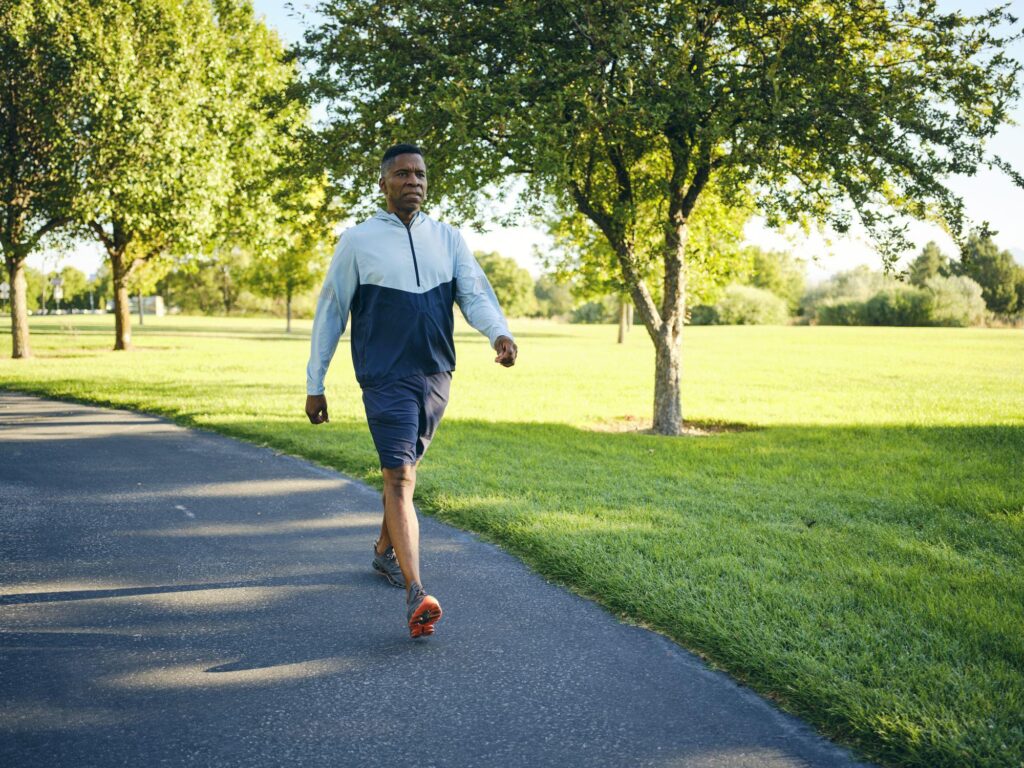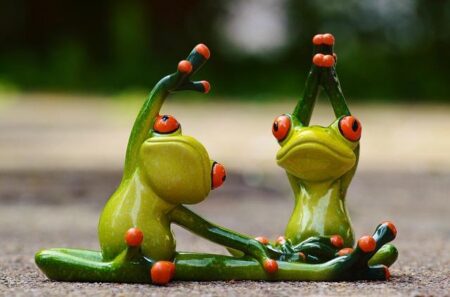A recent study by Roy Morgan Research reveals that walking, swimming, and gym training rank as the most popular physical activities among Australians, reflecting the nation’s diverse approach to maintaining health and fitness. The comprehensive survey sheds light on current trends in sports participation, highlighting how Australians prioritize accessible and versatile forms of exercise in their daily routines. This insight offers a valuable snapshot of the country’s active lifestyle preferences amid evolving health and wellness landscapes.
Walking Tops the List as Australia’s Favored Everyday Activity
Walking remains the clear favorite among Australians looking to stay active on a daily basis. Recent data highlights that walking appeals across all age groups and demographics, celebrated for its accessibility and health benefits. Whether it’s a brisk walk through city streets, a leisurely stroll along the beach, or a scenic trek in national parks, more Australians are lacing up their shoes to integrate movement seamlessly into their routines. This simple activity outpaces other forms of exercise due to its versatility and low barrier to entry.
Other leading activities include swimming and gym training, which continue to draw strong participation. Swimming attracts those seeking low-impact, full-body workouts ideal for all fitness levels, while gym training provides structured environments for strength and cardio improvements. The following table summarizes the top three activities by participation rate, emphasizing Australia’s diverse approach to fitness:
| Activity | Participation Rate (%) | Primary Appeal |
|---|---|---|
| Walking | 68% | Accessibility & Health |
| Swimming | 42% | Low-impact Full Body |
| Gym Training | 35% | Strength & Cardio |
Swimming Maintains Strong Appeal Across All Age Groups
Swimming continues to captivate Australians of all ages, proving its status as a timeless favorite in the realm of physical activities. From children splashing around in backyard pools to seniors embracing aquatic exercise for joint-friendly fitness, swimming offers benefits that cut across generations. Its low-impact nature makes it especially appealing for those seeking effective cardiovascular workouts without strain, while the cooling effect of water adds an element of comfort that’s hard to match.
Recent Roy Morgan data highlights the steady participation rates among diverse age brackets, underscoring swimming’s widespread appeal. Key factors contributing to its popularity include:
- Accessibility: Public pools and beaches are readily available across urban and rural areas.
- Health advantages: Improves stamina, muscle strength, and mental wellbeing.
- Social engagement: Community swim clubs and group lessons promote connection.
| Age Group | Swimming Participation (%) |
|---|---|
| 5-17 years | 48 |
| 18-34 years | 42 |
| 35-54 years | 38 |
| 55+ years | 35 |
Gym Training Surges with Increased Focus on Health and Wellness
Recent trends show a notable upswing in the number of Australians turning to gyms as part of their regular fitness regime. This surge reflects a broader cultural shift towards prioritizing health and wellness amid growing awareness of the benefits of physical activity. Modern gyms are evolving beyond mere workout spaces, offering holistic wellness programs that include strength training, cardio, group classes, and personalized coaching. Such diversified offerings cater to a wide demographic, from young adults aiming for muscle building to older generations focused on maintaining mobility and overall well-being.
The impact of this shift is evident in membership growth statistics and participation rates. Health-conscious consumers are increasingly motivated by goals such as stress reduction, disease prevention, and mental health improvement. Below is a breakdown of how Australians are currently distributing their time across popular gym activities:
| Activity | Percentage of Participants |
|---|---|
| Strength Training | 45% |
| Cardiovascular Workouts | 38% |
| Group Fitness Classes | 25% |
| Personal Training Sessions | 15% |
- Innovative gym technologies such as app integrations and wearable fitness trackers are enhancing user engagement.
- Flexible membership options are attracting a diverse spectrum of users, including casual visitors and fitness enthusiasts.
- Community-building events within gym spaces encourage motivation and foster social connections among members.
Experts Recommend Combining Activities for Optimal Fitness and Wellbeing
Health experts emphasize that integrating diverse forms of physical activities can significantly enhance overall fitness and mental wellbeing. By blending walking, swimming, and gym sessions, individuals not only target different muscle groups but also maintain greater workout motivation and reduce the risk of injury. Cross-training promotes cardiovascular endurance, muscular strength, and flexibility simultaneously, fostering a balanced approach that suits various fitness levels and lifestyles.
Specialists also highlight the importance of varying intensity and environment to keep workouts engaging and beneficial. For instance, while walking naturally boosts mobility and stamina, swimming offers low-impact resistance training ideal for joint health, and gym training provides structured strength conditioning. Here is a quick look at how combining these activities optimizes key health components:
| Activity | Primary Benefit | Ideal Frequency |
|---|---|---|
| Walking | Cardiovascular health & mental clarity | 3-5 times weekly |
| Swimming | Joint-friendly full-body muscular endurance | 2-3 times weekly |
| Gym Training | Muscle strength and metabolic boost | 2-4 times weekly |
- Variety: Keeps the body adapting and prevents plateaus.
- Impact moderation: Balances high-impact and low-impact exercises.
- Holistic benefits: Supports mental health alongside physical improvements.
Wrapping Up
As the data from Roy Morgan Research makes clear, walking, swimming, and gym training continue to dominate as the preferred physical activities among Australians. These activities not only reflect the nation’s commitment to health and fitness but also highlight the diverse ways people stay active across different age groups and lifestyles. With ongoing interest in maintaining well-being, these popular sports are likely to remain staples in the Australian exercise routine for years to come.





